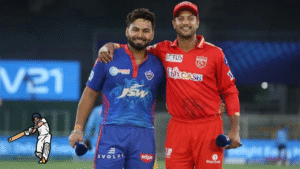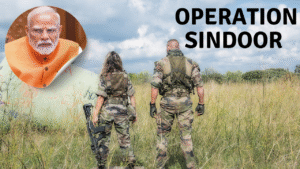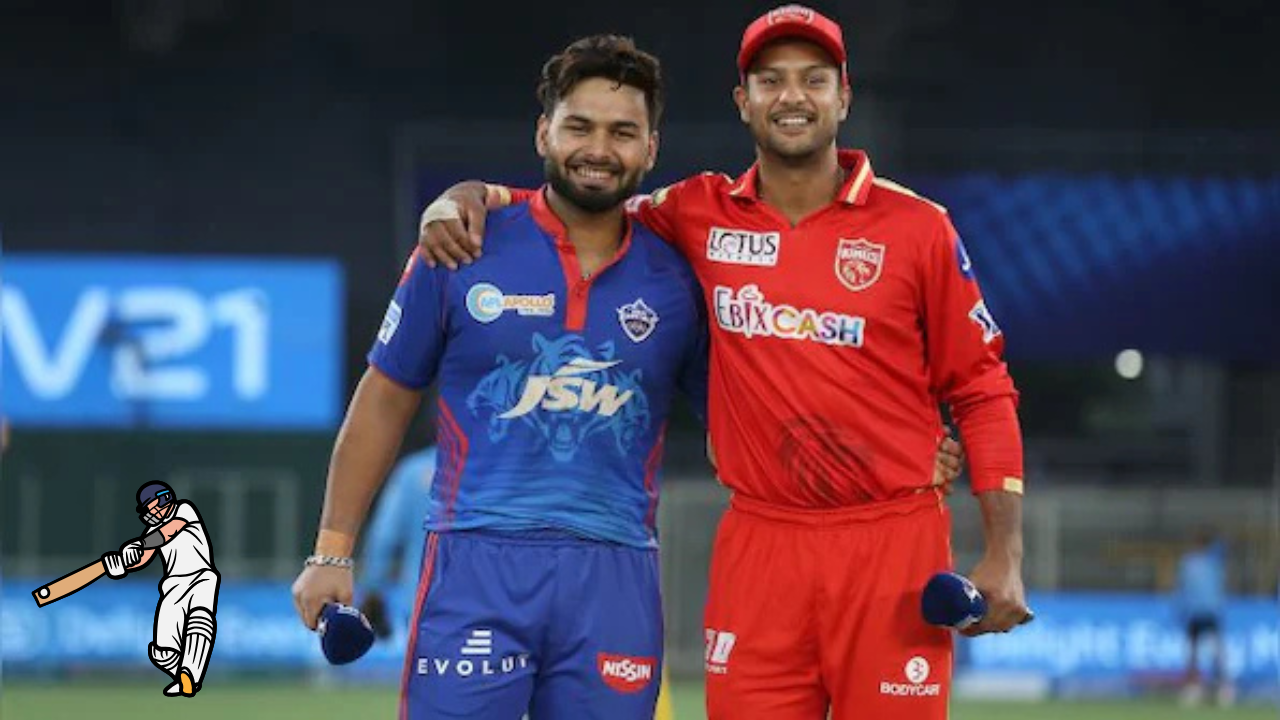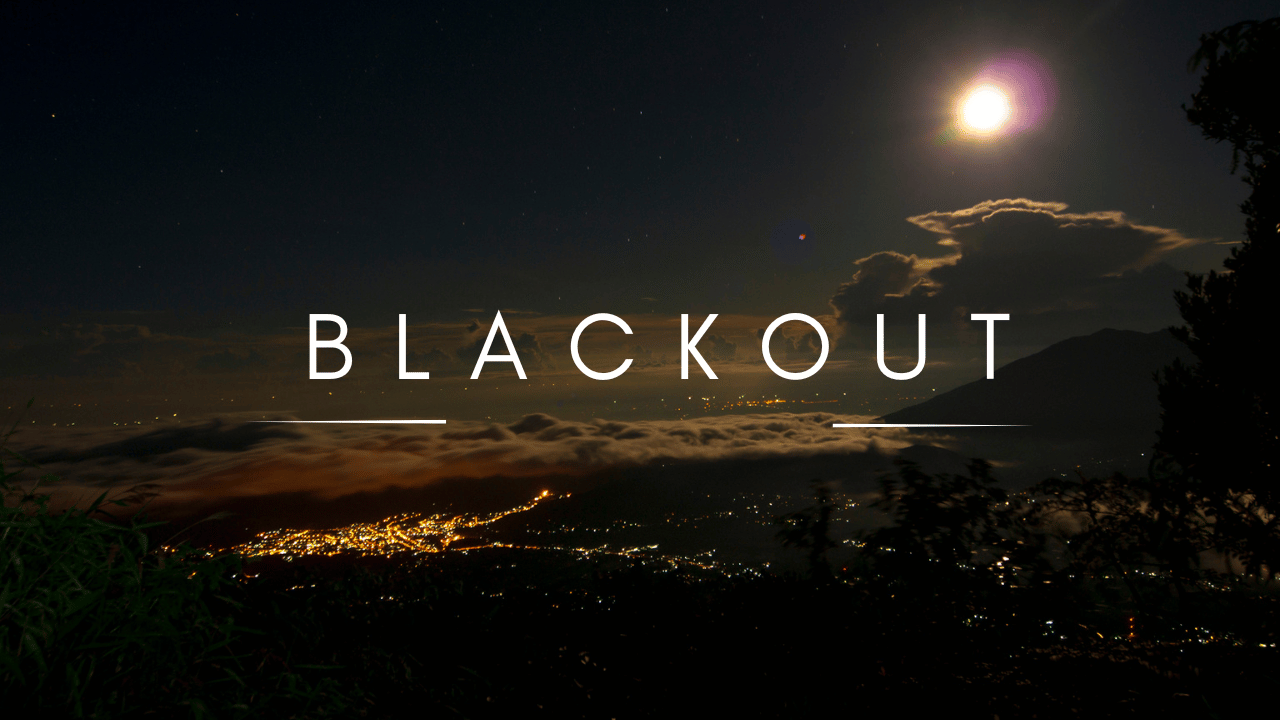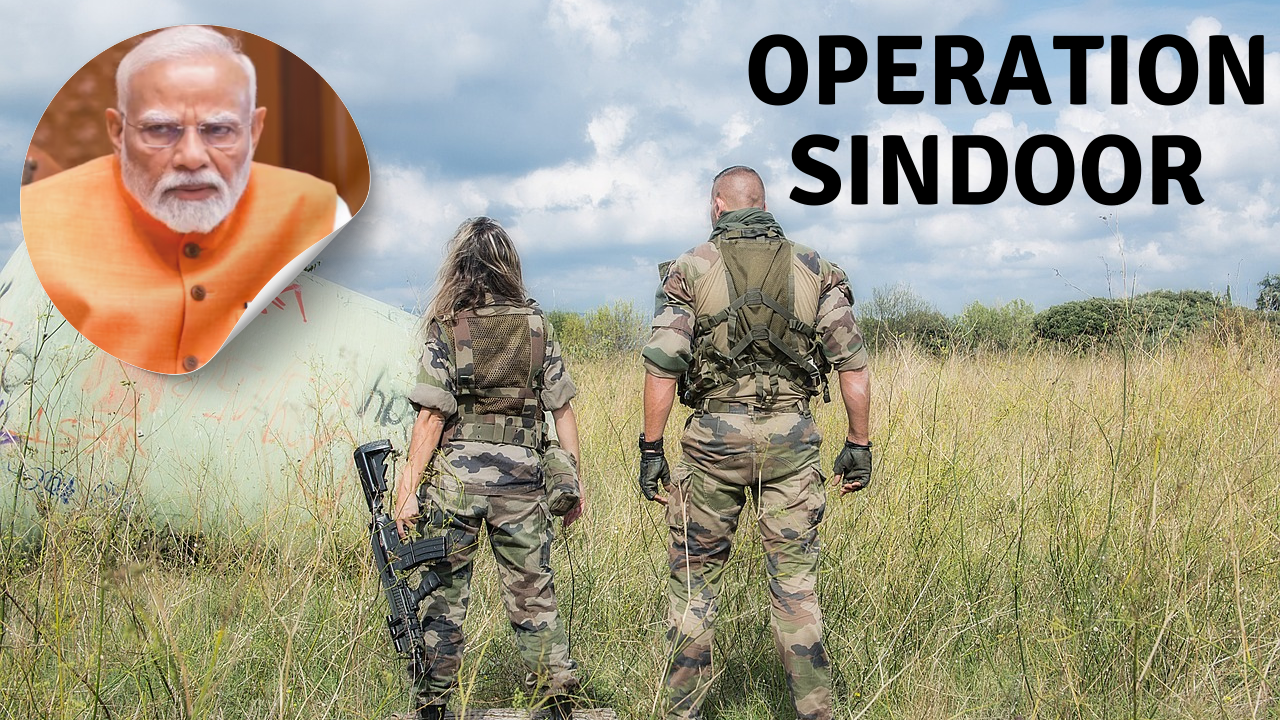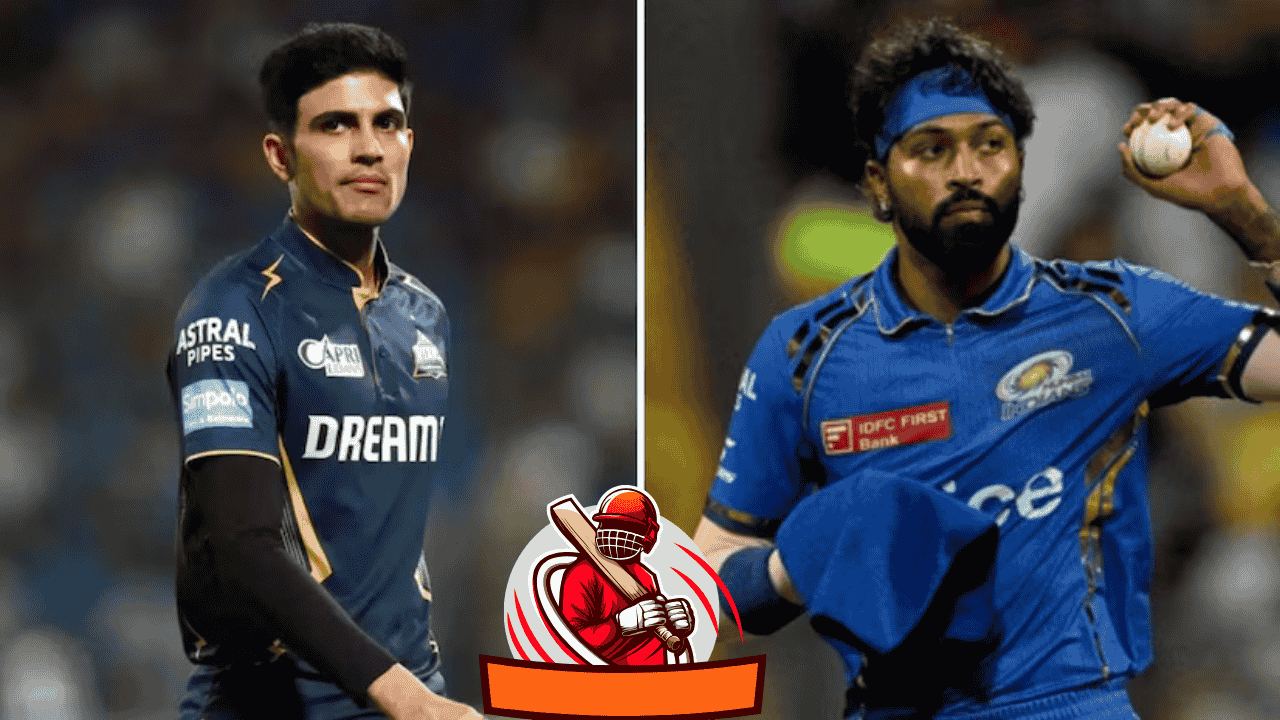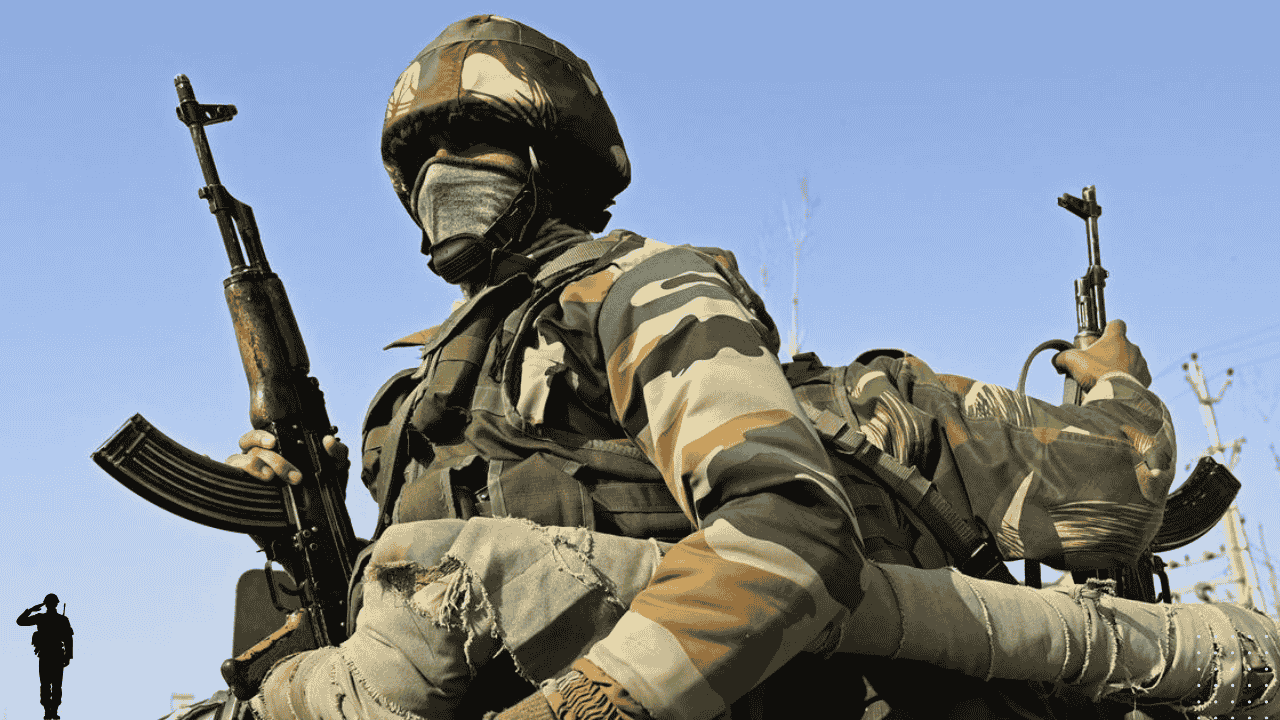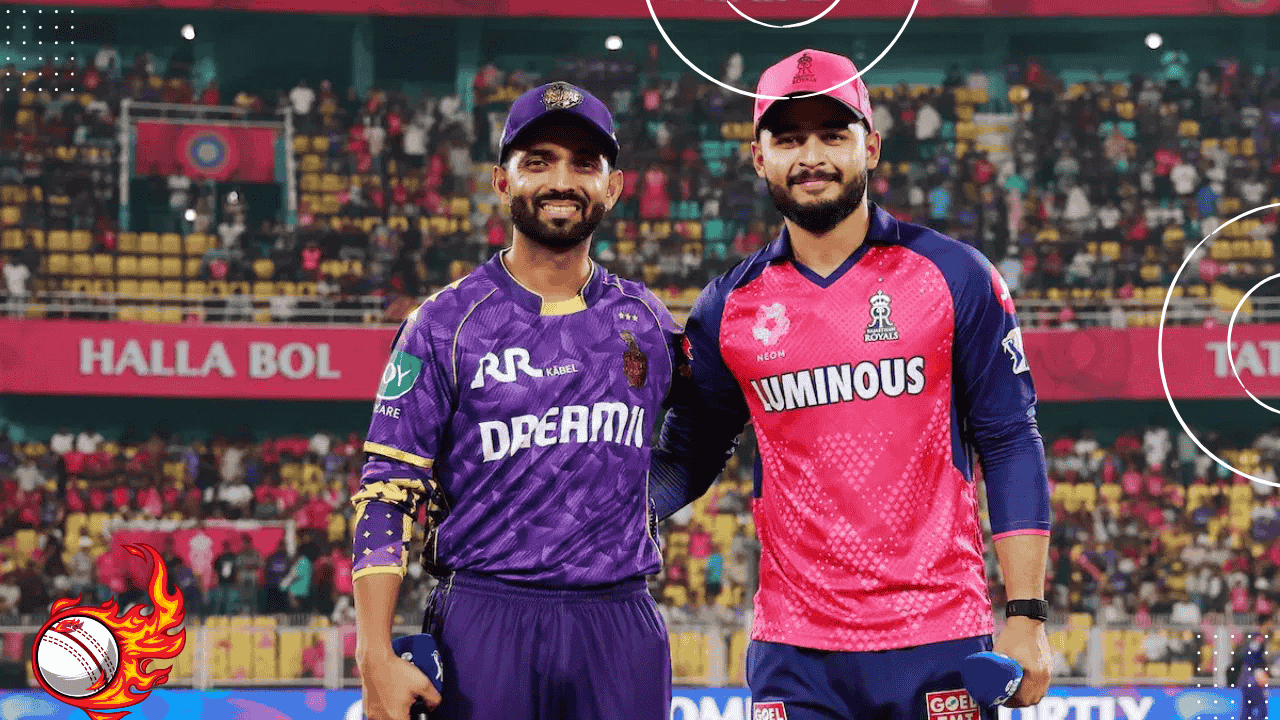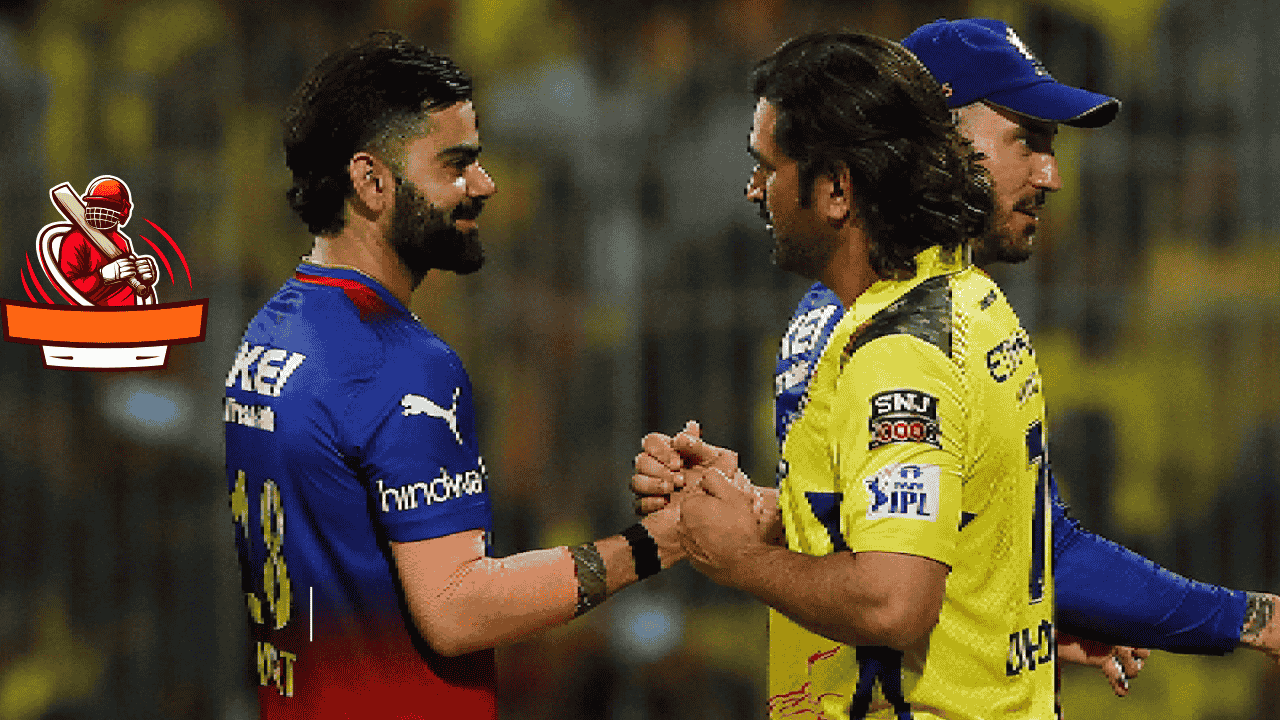Explore the 1971 Indo-Pak War in full detail. Learn about its background, key battles, timeline, role of Bangladesh, India’s strategy, outcomes, and frequently asked questions.
Introduction to the 1971 Indo-Pak War
The 1971 Indo-Pak War was a significant conflict between India and Pakistan that lasted just 13 days but changed the subcontinent forever. It led to the creation of a new nation — Bangladesh — and is considered one of the shortest and most decisive wars in modern history.
1. Background and Causes of the War
The main cause was political and civil unrest in East Pakistan (now Bangladesh).
The 1970 general elections in Pakistan were won by the Awami League, a political party based in East Pakistan, under Sheikh Mujibur Rahman.
The West Pakistani leadership refused to hand over power, leading to protests and civil disobedience.
Operation Searchlight was launched by the Pakistani military to suppress the uprising, resulting in a humanitarian crisis.
Around 10 million refugees fled to India, causing severe strain on Indian resources.
India decided to intervene to help the people of East Pakistan and secure its borders.
2. Key Players in the 1971 Indo-Pak War
India: Prime Minister Indira Gandhi, Army Chief Sam Manekshaw, Navy Chief S.M. Nanda, Air Chief P.C. Lal.
Pakistan: President Yahya Khan, General A.A.K. Niazi (Eastern Command), General Tikka Khan (Military Governor of East Pakistan).
Bangladesh: Sheikh Mujibur Rahman (political leader, arrested), General M.A.G. Osmani (Commander-in-Chief of the Mukti Bahini).
3. Strategic Preparations by India
India signed the Indo-Soviet Treaty of Peace, Friendship, and Cooperation in August 1971 to deter Chinese intervention.
India began training and supporting the Mukti Bahini (Bangladeshi freedom fighters).
Refugee camps were set up in West Bengal and other states.
Diplomatic outreach was carried out globally to build support for India’s intervention.
4. Outbreak of the War – December 3, 1971
Pakistan launched preemptive air strikes on 11 Indian airbases under Operation Chengiz Khan.
India declared war on Pakistan the same evening.
Indian forces launched multi-front attacks on East Pakistan by land, air, and sea.
5. Major Battlefronts in the War
a. Eastern Front (East Pakistan)
Indian Army advanced rapidly toward Dhaka.
Major battles occurred in Jessore, Khulna, Comilla, and Sylhet.
Indian Air Force established air superiority within days.
The Navy blocked the Bay of Bengal, cutting off Pakistani supplies.
b. Western Front (India-Pakistan border)
Battles occurred in Punjab, Rajasthan, and Kashmir.
The main goal on this front was to contain Pakistani forces and prevent them from aiding the East.
6. Role of the Indian Navy
Launched Operation Trident and Operation Python targeting Karachi port.
Destroyed oil depots and Pakistani naval assets.
Blockaded East Pakistan from the sea.
7. Role of the Indian Air Force
Conducted strategic bombing of military targets.
Achieved air superiority within 72 hours.
Supported ground troops with air strikes and surveillance.
8. Role of the Mukti Bahini
Provided intelligence and guerilla support to the Indian Army.
Carried out sabotage operations within East Pakistan.
Were instrumental in local victories and civilian support.
9. Fall of Dhaka and Surrender
Indian forces reached the outskirts of Dhaka by December 13, 1971.
Pakistan’s Eastern Command was encircled.
On December 16, 1971, Lt. Gen A.A.K. Niazi surrendered to Lt. Gen Jagjit Singh Aurora of the Indian Army.
Over 93,000 Pakistani soldiers surrendered — the largest military surrender after World War II.
10. Creation of Bangladesh
The war led to the birth of Bangladesh as an independent nation.
Sheikh Mujibur Rahman was released and became the first Prime Minister of Bangladesh.
India recognized Bangladesh’s independence immediately.
11. Casualties and Human Cost
Indian military deaths: Approx. 3,800
Pakistani military deaths: Approx. 9,000
Civilian deaths in East Pakistan: Estimated 300,000 to 3 million
Refugees: Around 10 million people fled to India
Over 93,000 Pakistani soldiers became prisoners of war (POWs)
12. International Reaction
USA supported Pakistan politically due to Cold War alignment.
USSR supported India diplomatically and militarily.
United Nations called for ceasefire late in the conflict.
Global opinion largely favored India due to the humanitarian crisis in East Pakistan.
13. Aftermath and Simla Agreement
In July 1972, India and Pakistan signed the Simla Agreement.
India returned most of the captured territory and repatriated POWs.
Agreement aimed at peaceful resolution of future disputes.
Line of Control (LoC) was formally established in Kashmir.
14. Legacy of the 1971 War
Considered India’s greatest military victory.
Cemented India’s position as a regional superpower.
Changed the geopolitical landscape of South Asia permanently.
Strengthened India’s armed forces’ global reputation.
15. Key Takeaways from the War
Importance of diplomacy and preparation before a conflict.
Swift military strategy and multi-front attacks can lead to quick victories.
Supporting local resistance (Mukti Bahini) proved critical.
Humanitarian crises can justify international intervention.
FAQs on the 1971 Indo-Pak War
Q1. What triggered the 1971 war between India and Pakistan?
A1. Political oppression and military crackdown by West Pakistan in East Pakistan, followed by a refugee crisis in India, triggered the war.
Q2. When did the 1971 Indo-Pak War start and end?
A2. The war started on December 3, 1971, and ended on December 16, 1971.
Q3. Who was the Prime Minister of India during the war?
A3. Indira Gandhi was the Prime Minister of India.
Q4. What was Operation Trident?
A4. Operation Trident was a successful naval attack by India on Karachi port on December 4, 1971.
Q5. How many Pakistani soldiers surrendered?
A5. Approximately 93,000 Pakistani soldiers surrendered to Indian forces.
Q6. What role did the Mukti Bahini play?
A6. They were Bangladeshi freedom fighters who assisted Indian forces in intelligence and guerrilla operations.
Q7. Did the 1971 war involve China?
A7. No, China did not intervene in the conflict, partly due to India’s pact with the Soviet Union.
Q8. What was the outcome of the war for Pakistan?
A8. Pakistan lost its eastern territory, leading to the creation of Bangladesh.
Q9. What agreement was signed after the war?
A9. The Simla Agreement was signed in July 1972 for peaceful resolution of future disputes.
Q10. Why is the 1971 war considered historic?
A10. It is considered historic because of the scale of victory, the humanitarian cause, and the birth of a new nation.
Read More:-
What Is Operation Sindoor?(2025)

